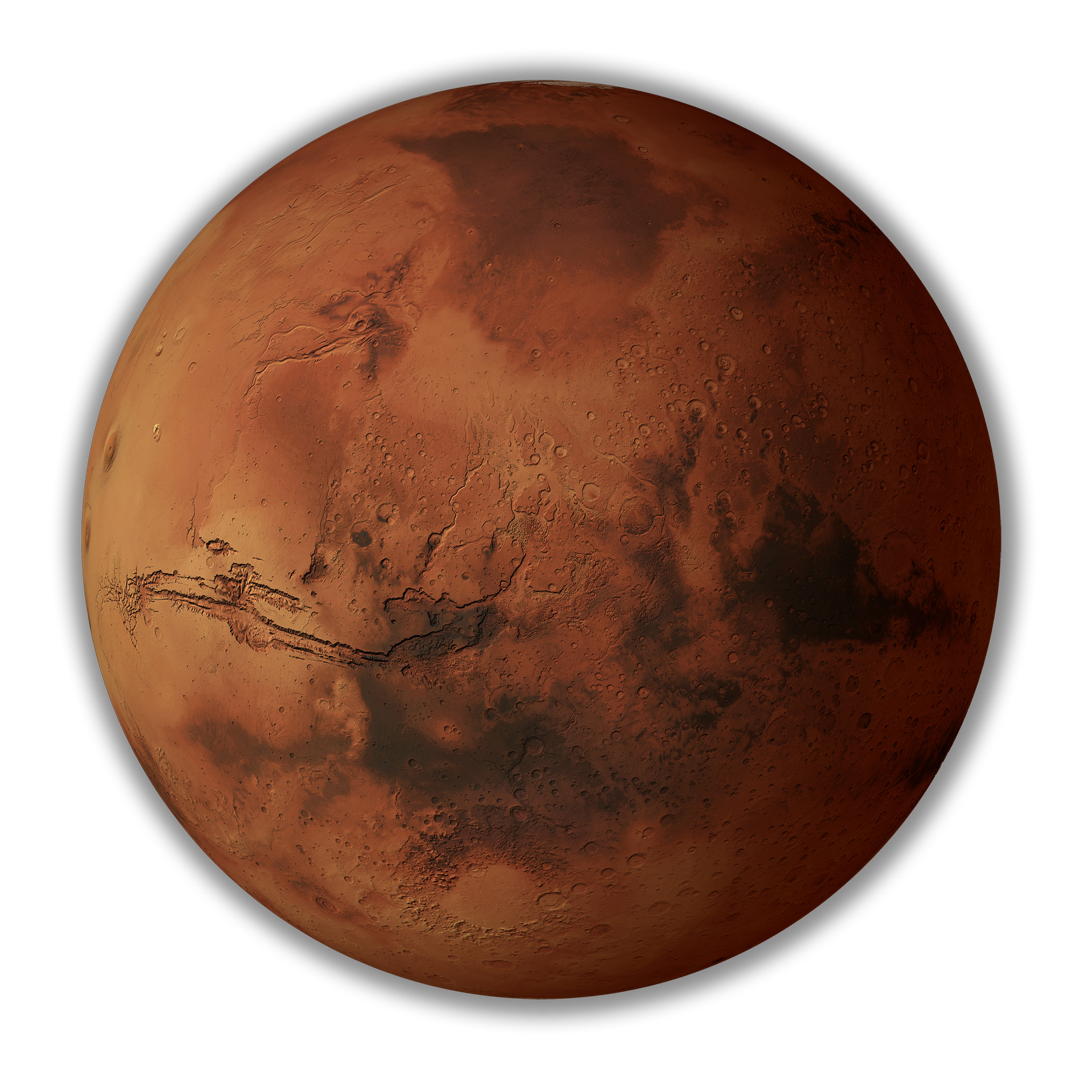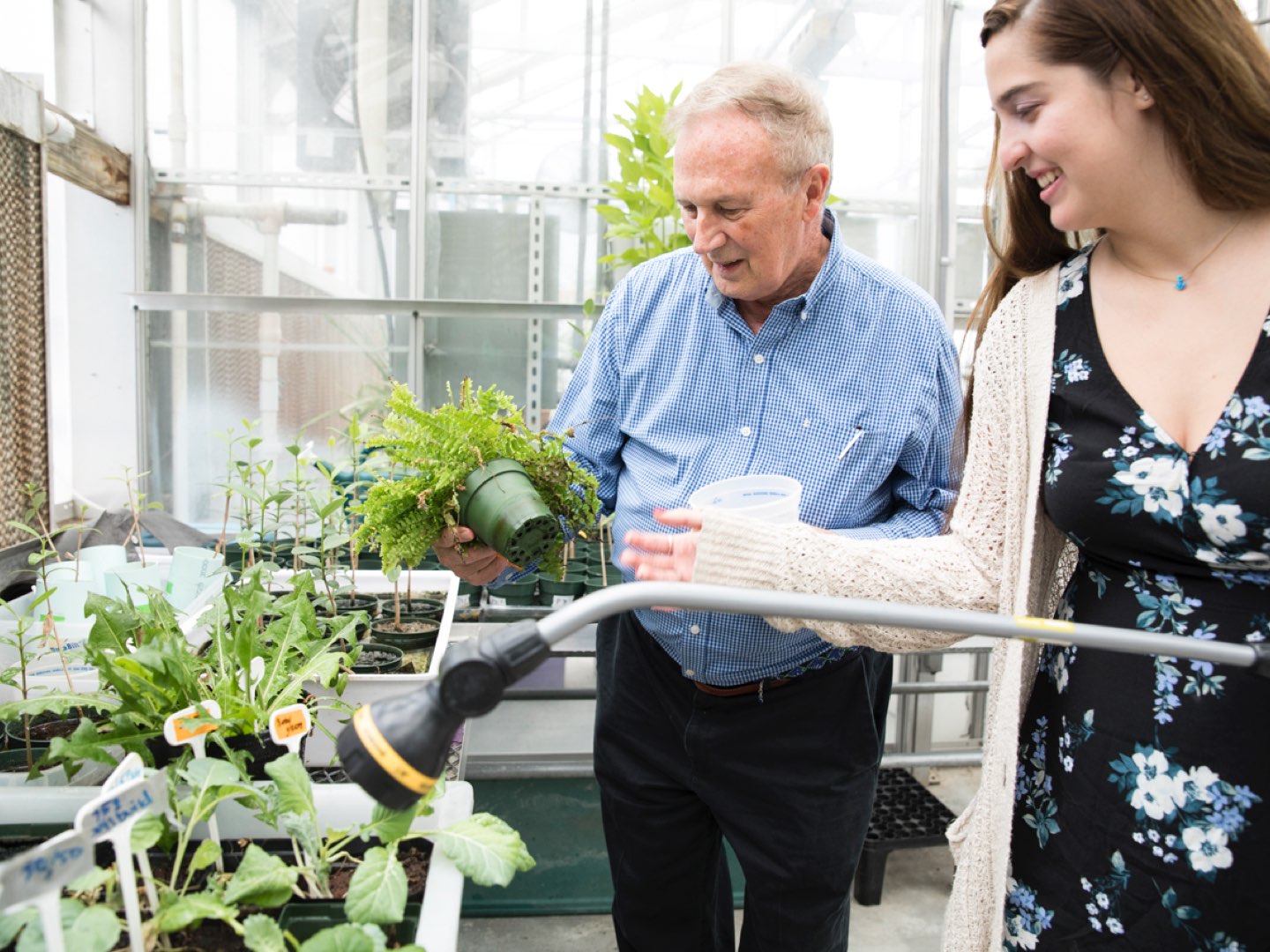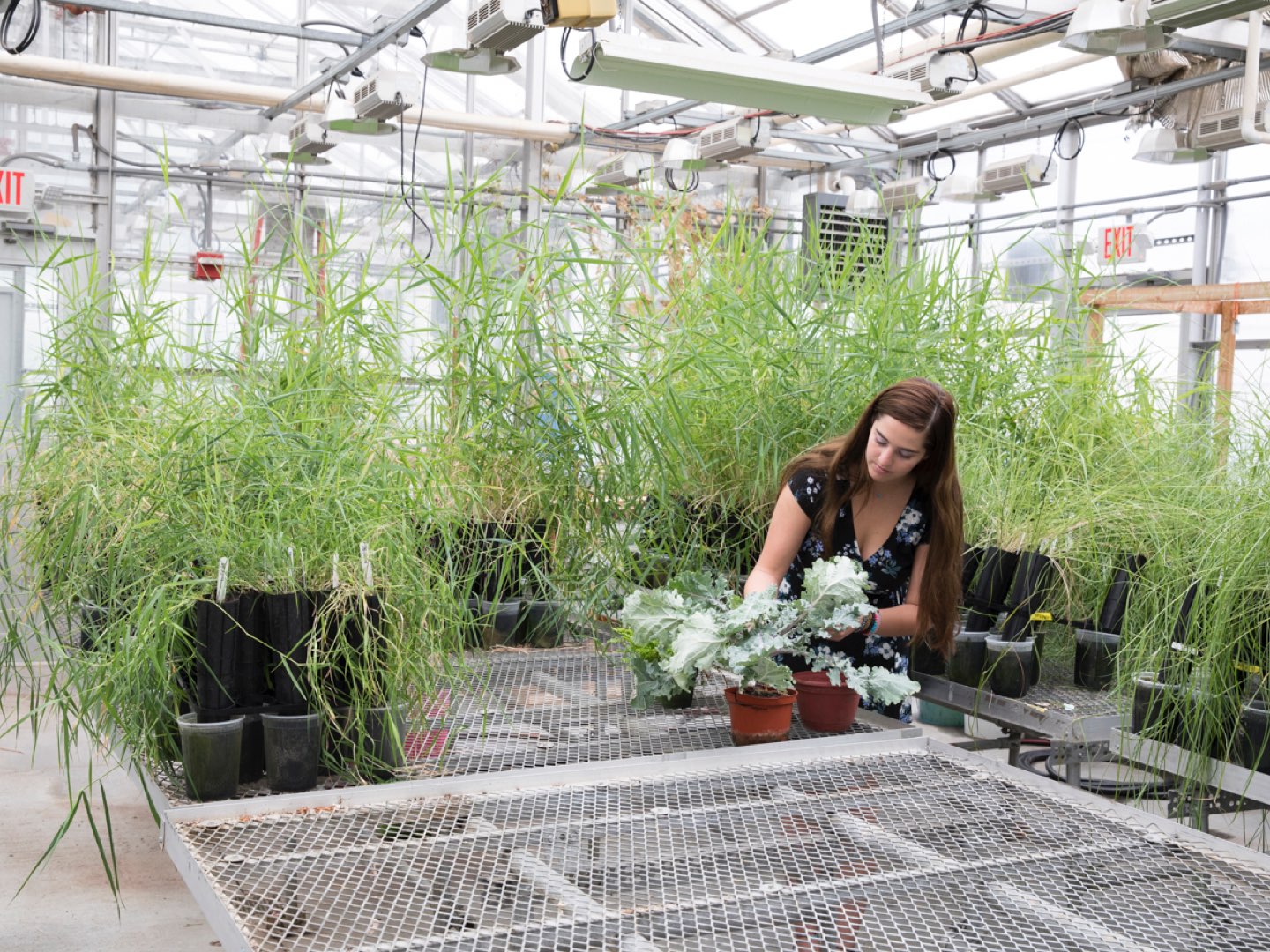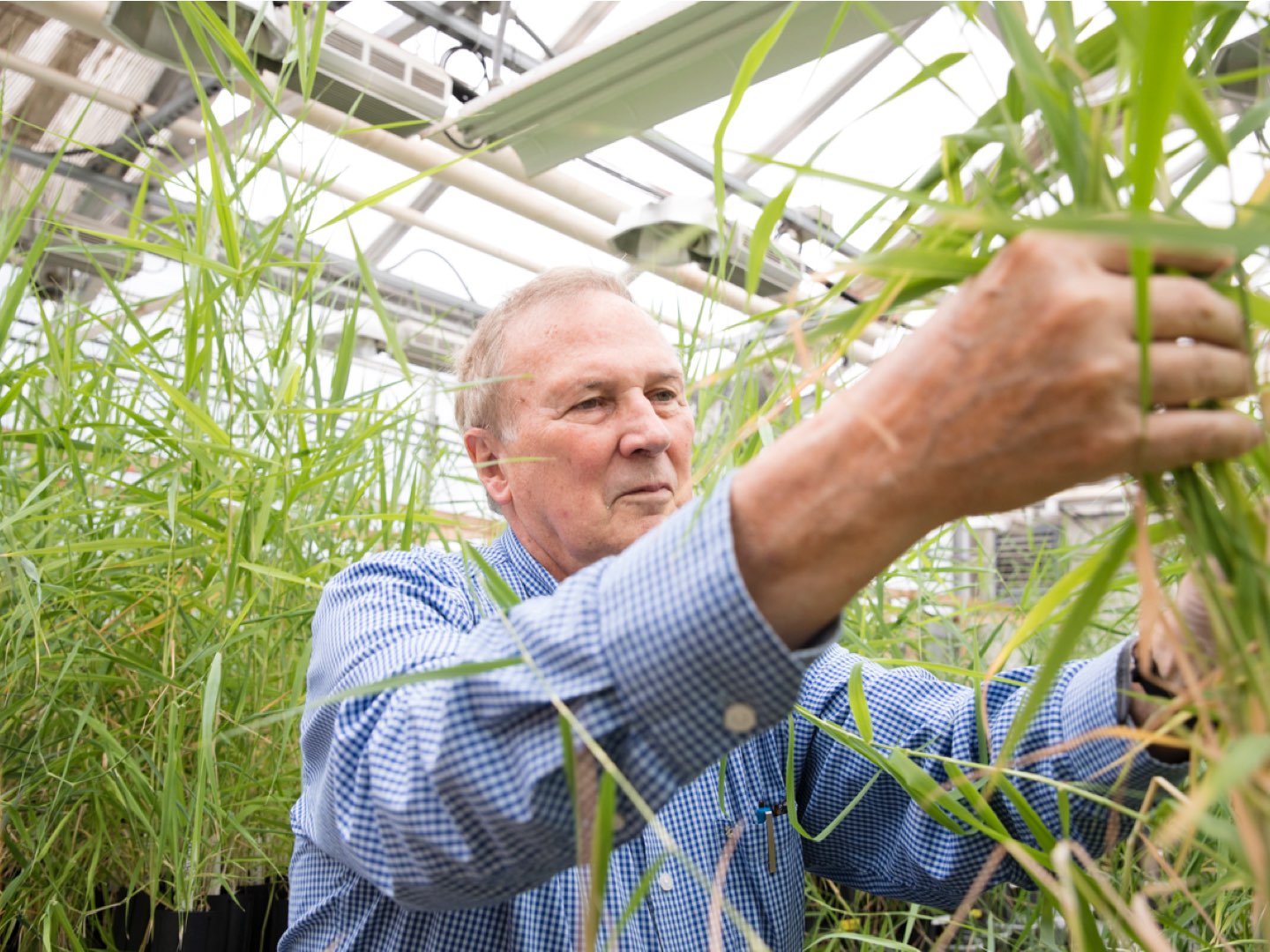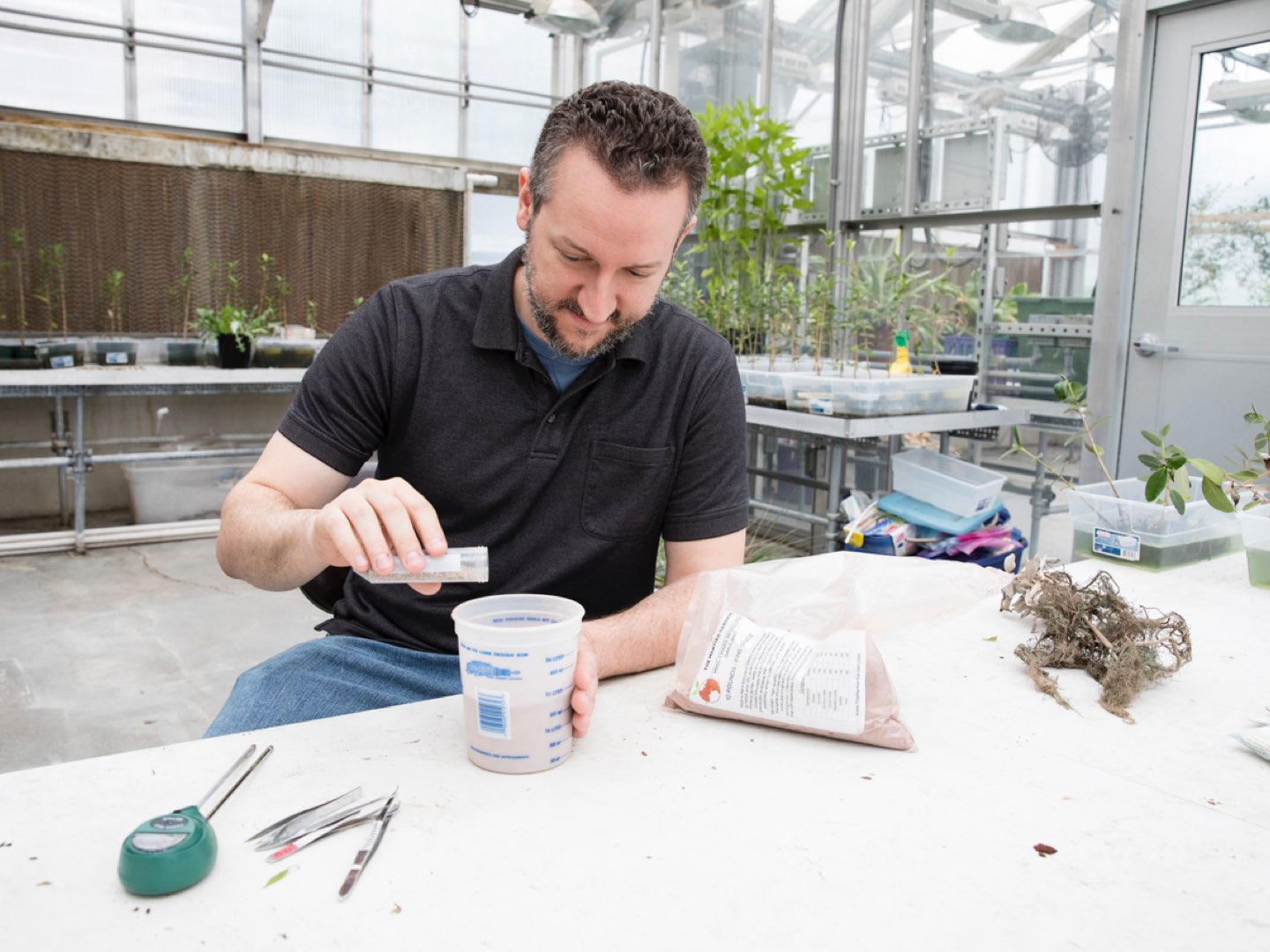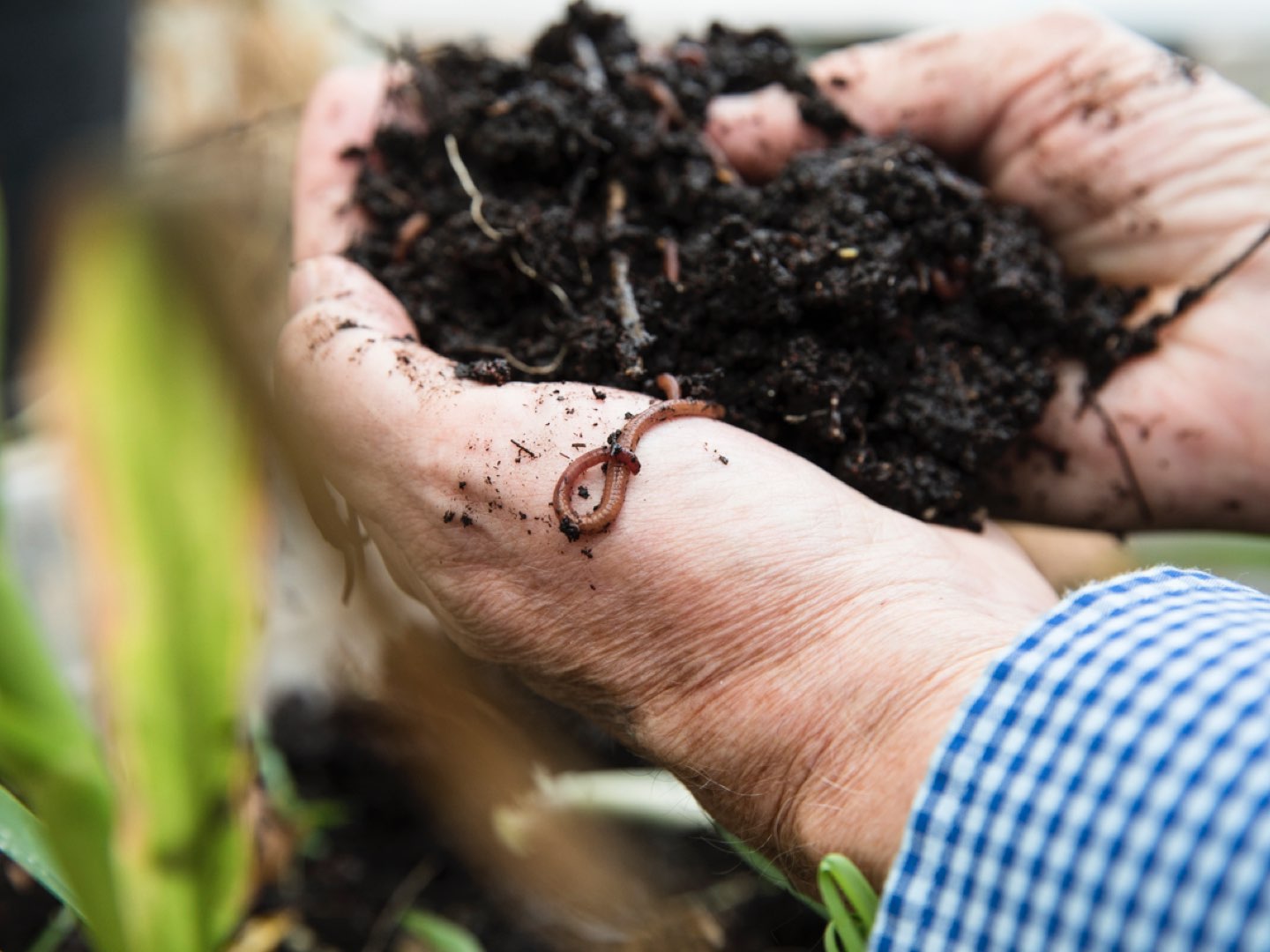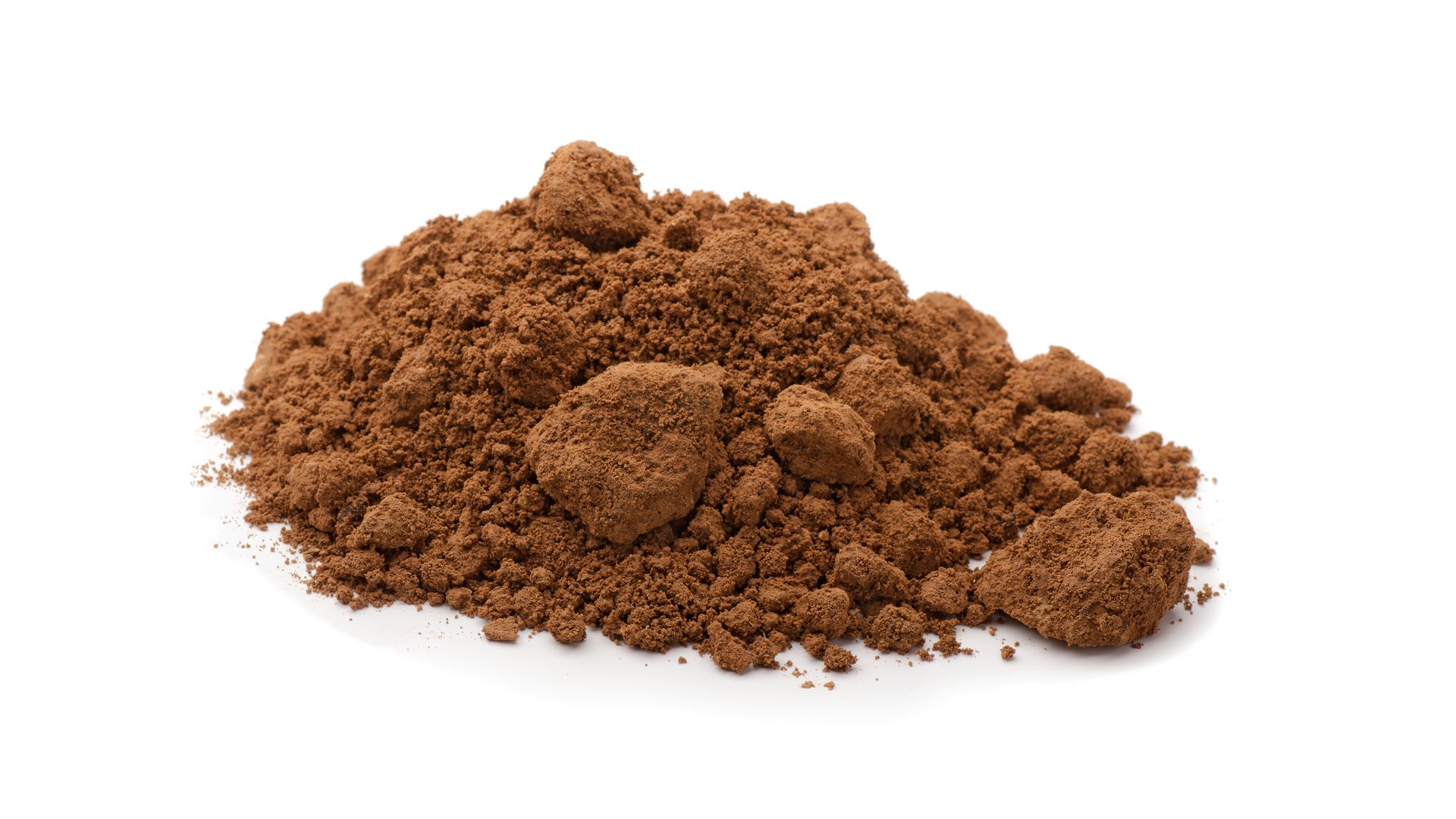The Sky’s Not the Limit
Innovative thinking, faculty-student collaborating and hands-on learning made the Martian garden project as fun and memorable as it was educational. Most alumni who have studied in the department known today as Astrophysics and Planetary Science would say the same about their time as undergraduates. As they soar in their respective fields, they remain grounded in their Villanova experiences.
Sean Carroll, PhD, ’88 CLAS
Even if they’ve never attended his talks, read his books, downloaded his lectures, come across his articles or followed his blog, many folks have probably learned a thing or two about the universe from Sean Carroll, PhD, a research professor of Physics at Caltech.
Dr. Carroll, who earned his doctorate at Harvard, enjoys educating the public about science. He regularly shares his expertise on popular radio and TV programs, and he’s a consultant for the entertainment industry. Productions such as Thor, Bones and The Big Bang Theory have benefited from his input.
Insatiably curious, Dr. Carroll digs everything from literature to fossils (literally; he goes dinosaur hunting). He credits Villanova with immersing him in philosophy and in the no-manual-available nature of research. “It was an important moment in my lif as a young scientist,” Dr. Carroll says. “I realized that I had to make it up as I go along, so to speak.”
Sean Foran, ’08 CLAS
Incoming freshman Sean Foran wanted to study “everything from the subatomic to the galactic.” He also wanted the knowledge to address environmental concerns. A degree in Astrophysics from Villanova was the perfect launch. Along his trajectory since then, Foran has spurred community organizing around water issues as an AmeriCorps volunteer and earned a Master of Social Work at Monmouth University.
Now a policy analyst for a member of the Albuquerque City Council, Foran did much of the research and number crunching to make the city’s visionary $25 million solar project viable. Foran is grateful for his “scientific background and analytical skills, which helped the project get upandrunning.”
Camille Carlisle, ’09 CLAS
Touring Villanova’s campus, Camille Carlisle spied a poster for MIT’s graduate program in Science Writing. She made two decisions. First, she wanted a career in that field. Second, she wanted the journey to begin here.
As the science editor at Sky & Telescope, Carlisle — who did get that master’s at MIT — appreciates how well her studies in English and Astrophysics at Villanova prepared her. From learning, courtesy of Confessions, that “hammering away at God with questions” can deepen faith; to discovering, courtesy of a senior astronomy course, that essay writing reveals “what you do and don’t understand,” Carlisle credits Villanova with “building the whole person.”
